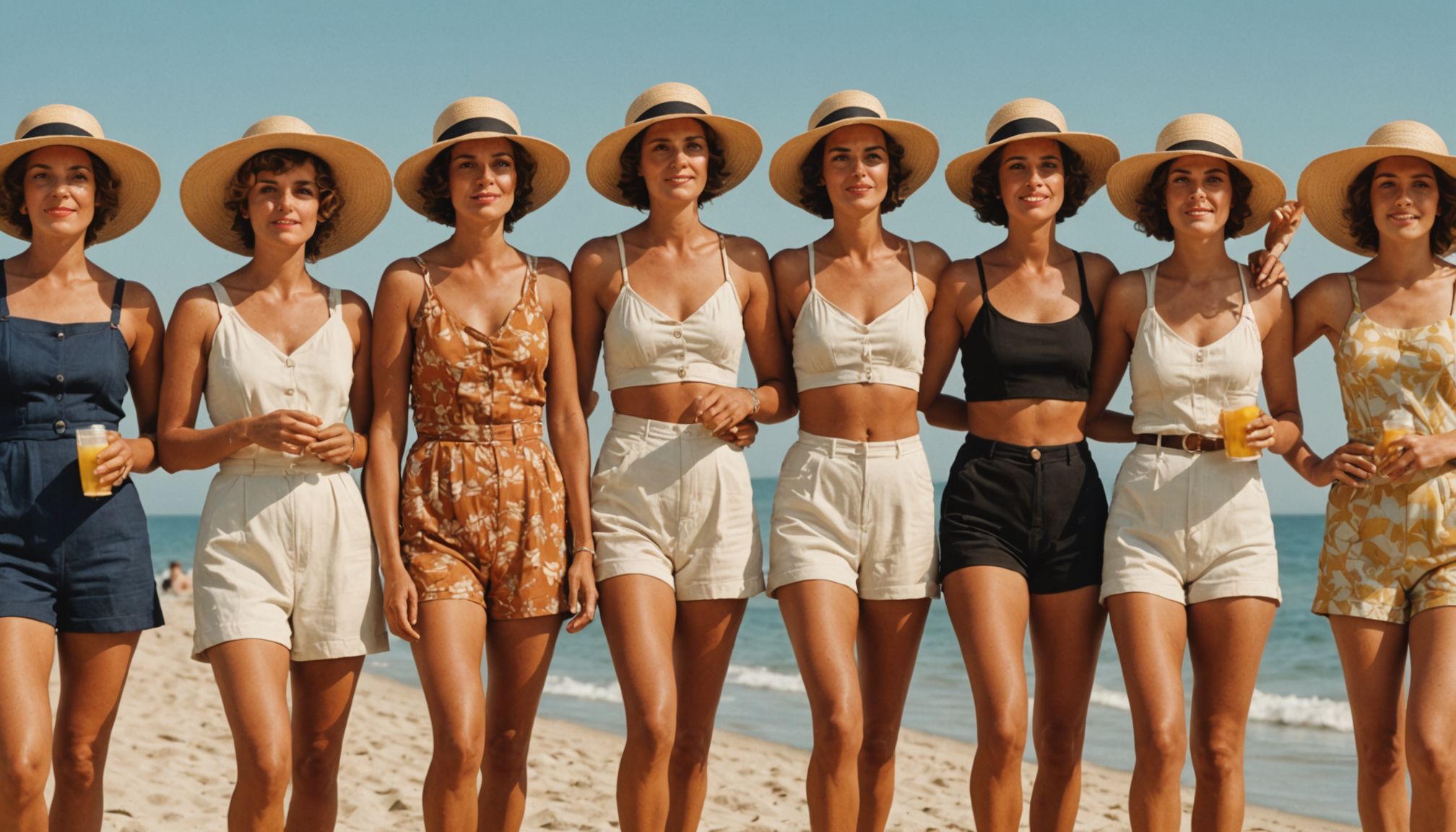The shame of a sunburn: Why women are rethinking their pursuit of the perfect summer tan
All Lindsey Hall wanted to be when she was younger was tan. At 15, she was lying in a tanning bed for 20 minutes a day. “It was really the heyday of tanning beds,” Hall, now 36, tells Yahoo Life. “It was like the thing to do.”
She never wore sunscreen, despite her mom’s begging her to. When a friend in their group “would always be harping on about sunscreen usage,” Hall and her other pals would get annoyed. Now she says her behavior and her resistance to sun protection “is awful to think about.”
“There was almost like a narrative that it was cheesy to put on sunscreen. Like, what was the point of even sunbathing if you were going to put on sunscreen?” Hall says. “But the conversations are different now. The last sunburn I got was actually embarrassing.”
Sunburns are something Amanda Golka knows well. Growing up, the 27-year-old would dodge her parents as they chased her around with sun protection as a kid. Sunscreen was thick, sticky and a nuisance to put on — but she needed it. “I am very pale and burn so easily,” she tells Yahoo Life. As a child, however, she didn’t really care about the red hue that her complexion would take on after a day on her uncle’s boat.
These days, Golka still burns easily, but she’s much more serious about protecting her skin. Case in point: After experiencing an “atrocious sunburn” while attending the Long Beach Grand Prix in April, she wrote a piece on her Substack urging brands to provide sunscreen at sporting events. In her essay, Golka shared how her more recent burns made her feel like a “bad adult.”
Hall and Golka are both part of a generation of young women who are reexamining their relationship with the sun and seeing sunburns not as a step in the right sun-kissed direction (it’ll fade into a tan!) but as something to be ashamed of — a You should have known better moment, if you will.
It’s not universal, mind you. There are still plenty of people getting scorched amid a wave of misinformation about sunscreen and influencers like Nara Smith whipping up their own homemade (and, dermatologists say, ineffective) versions. A survey conducted last year found that 14% of U.S. adults under 35 think daily sunscreen use is more harmful to the skin than sun exposure, and nearly a quarter think drinking plenty of water prevents a burn. When reality star Kristin Cavallari — who has previously admitted to not wearing sunscreen — acknowledged her roasted appearance in an Instagram post this March (“I’m fully aware of the burn, you don’t have to tell me,” she wrote), it kicked off a heated debate in her comments section about the merits of sunscreen.
By and large, however, experts tell Yahoo Life that conversations around sun care have evolved for the better, thanks in part, they say, to an anti-aging culture that doesn’t want to deal with the consequences (wrinkles, sun spots) of tanning. Ahead, women open up about how they started seeing the light — and stopped seeing red.
I couldn’t help but feel judged.
Dr. Tonie Reincke
The rise (and fall) of tanning at all costs
Having a tan wasn’t always in vogue; for centuries, paleness had prestige, and being sun-kissed implied that you (gasp) toiled outdoors. That all changed in the early 20th century under the influence of industrialization and Coco Chanel. The fashion designer’s sporty, burnished aesthetic is credited with transforming a nice bronze into a status symbol; something only those who could afford a trip to, say, the South of France could afford. While beauty trends have come and gone, tans have been covetable (and sunburns inevitable) ever since.
By the time Dr. Tonie Reincke, 55, was growing up, people would do whatever it took — even layering on baby oil and iodine — to get a deep tan. “I came from the era when people were putting QT lotion on,” Reincke, now an interventional radiologist, tells Yahoo Life. “I would get super, super dark and thought it was really cool. Having those lines where your bathing suit was, you’d come back from trips and be like, ‘Look at me.’ Those were your bragging rights.”
Tanning beds, which the World Health Organization classified as carcinogenic in 2009, also took off, along with misguided perceptions of the supposed benefits of a “base tan.” A 2012 study from the National Institutes of Health (NIH) found that college students reported feeling healthier and more attractive when tanned

